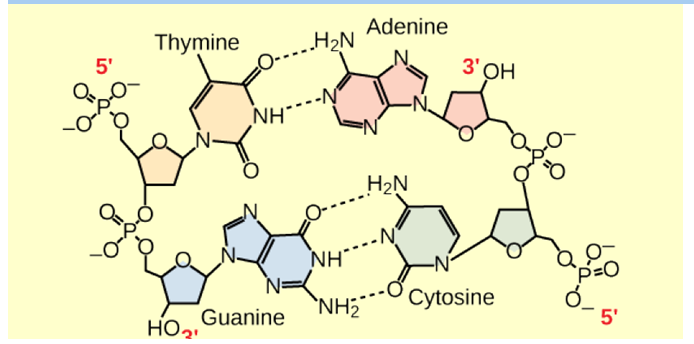A developer putting tract housing in a previously pristine area plans numerous small open space areas
where the original habitat is to remain. As a conservationist, how would you suggest changing the
plan, if at all? (Canceling the development is not an option.)
What will be an ideal response?
One large preserve would be better than many small preserves, since populations in isolated habitat
patches have a high risk of extinction. Isolated populations often become inbred as they may not be
able to travel to individuals in other habitat patches.
You might also like to view...
A protein called actin consists of 376 amino acids. The mRNA for actin must be longer than
A. 125 nucleotides. B. 376 nucleotides. C. 1128 nucleotides D. 3384 nucleotides.
Using what you know about the nucleic acids, refer to the figure and identify the molecule that is illustrated there.

a. mRNA
b. tRNA
c. DNA
d. ATP
If sports drinks have a higher solute concentration than blood, what condition may result when you drink them?
What will be an ideal response?
Amyloplasts are organelles that store:a
fat.
b. starch. c. protein. d. lipids. e. DNA